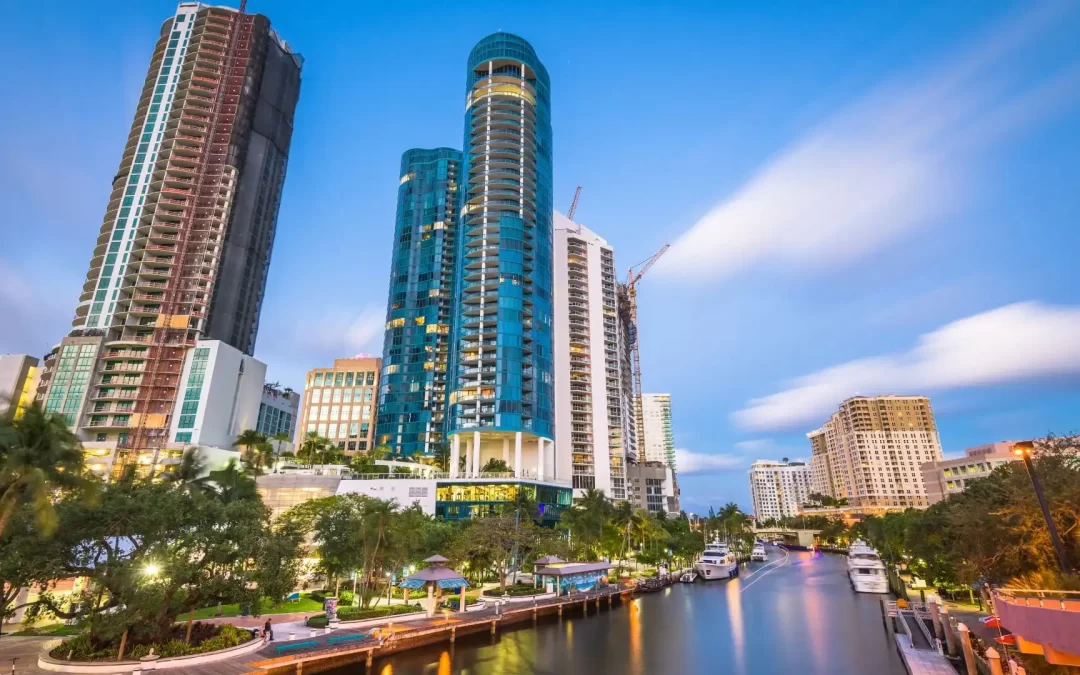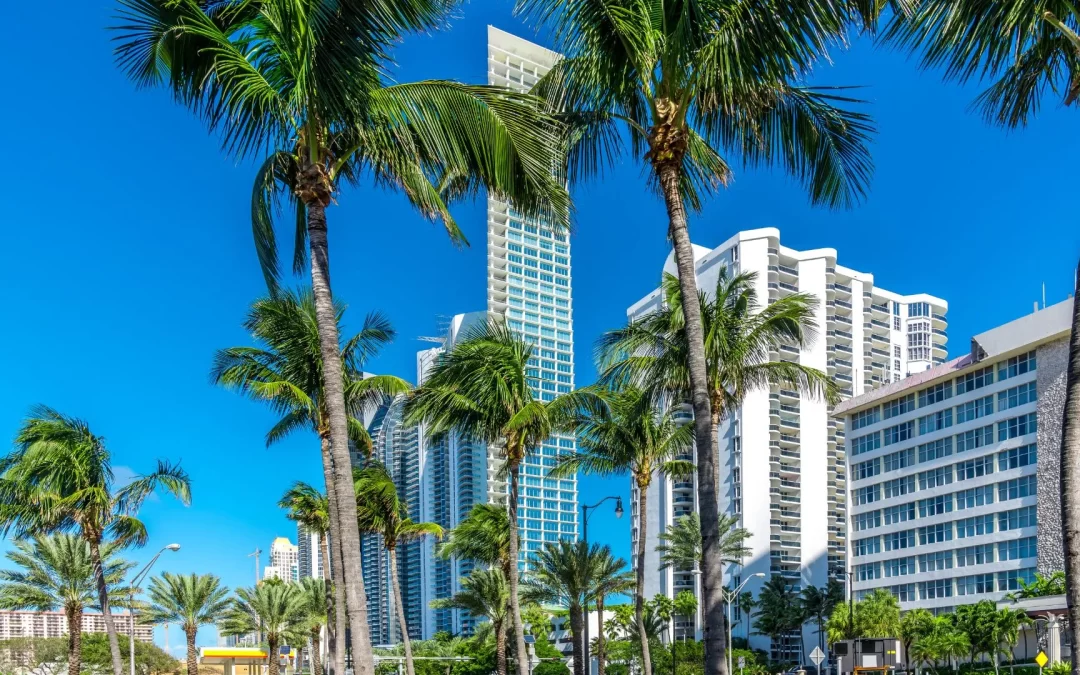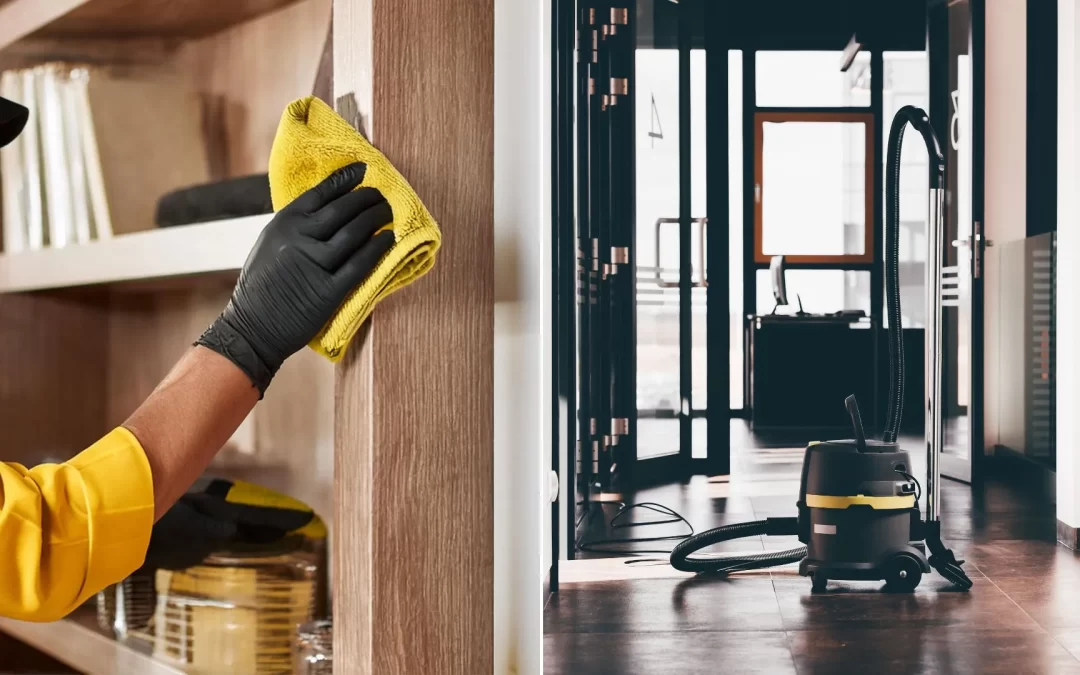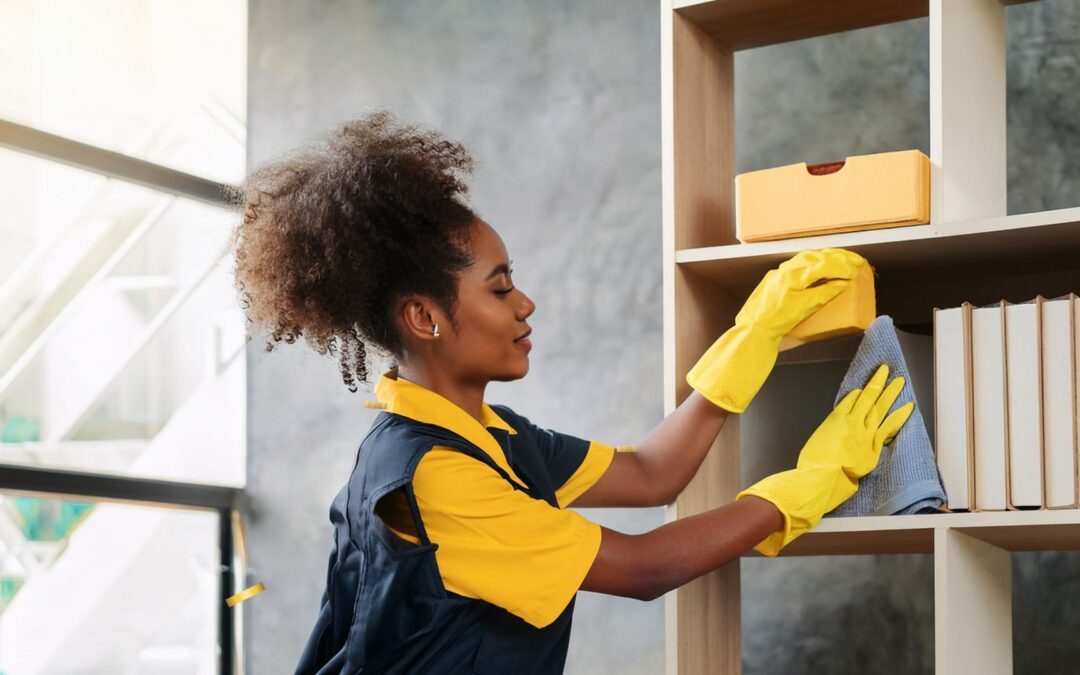In the midst of towering skyscrapers and bustling city life, the concept of cultivating a garden might seem like an unattainable dream. However, with the right approach and a touch of creativity, high-rise apartment dwellers can transform their living spaces into vibrant oases.
Take, for instance, balcony gardening—it’s not merely a leisure activity; rather, it serves as a means to imbue your living space with lush greenery, vibrant colors, and a touch of the natural world. Whether your balcony is grand or modest, it presents a canvas for crafting a verdant oasis. As the fresh breeze of the New Year sweeps in, carrying the scent of transformation, it brings forth not only a shift in the calendar but also a perfect opportunity to transform both your apartment home and balcony into a flourishing sanctuary.
Enter Stratton Amenities, your guiding companion in the realm of apartment gardening—a splendid method to elevate your living environment, forge a connection with nature, and imbue a touch of sophistication into your lifestyle.
In this comprehensive guide, we’ll explore the joys and benefits of apartment gardening, providing tips and inspiration for creating a vibrant oasis within the confined spaces of your urban home.
The Benefits of Apartment Gardening
1. Stress Reduction and Well-Being
Urban living invariably ushers in the daily stresses of modern life. However, the transformative power of apartment gardening transcends the boundaries of stress reduction, extending into a realm where well-being is elevated to new heights. Studies indicate that individuals who engage in gardening frequently boast well-being scores that are 6.6 percent higher, coupled with stress levels that are 4.2 percent lower than those who abstain from gardening altogether.
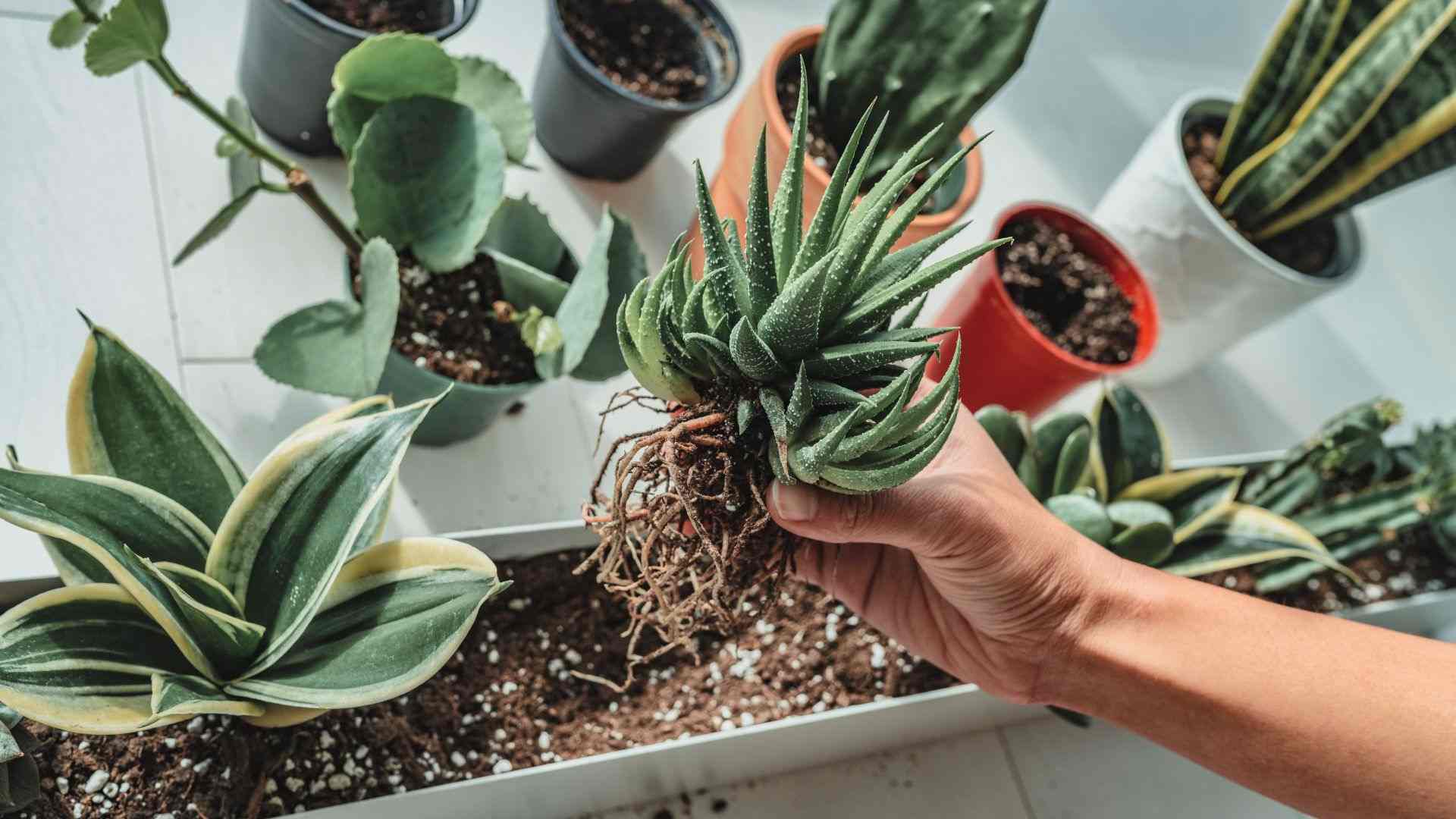
The benefits of gardening are not confined to the physical act alone; they extend to the realm of mental well-being. Regular gardening, especially when the garden is in proximity to one’s residence, as in the case of home gardens, has been associated with a remarkable 36% reduction in the risk of dementia among individuals over 60 years of age. This not only attests to the cognitive benefits of gardening but also highlights its potential to enhance positive mood in individuals grappling with average-to-advanced levels of disease.
Furthermore, the practice of home gardening, involving at least 1 to 4 hours per week, is linked to greater human resilience. This resilience encompasses factors such as emotional regulation, interrelatedness, confidence, positive thinking, and spirituality. The therapeutic effects of gardening extend beyond mental well-being, as evidenced by the positive correlation with handgrip strength, showcasing the holistic impact of this green activity.
Interestingly, the exposure to nature through gardening activities becomes a pivotal factor in documenting improvements in well-being and health. Spending a minimum of 120 minutes per week in nature, such as through gardening, magnifies the physical, psychological, and social benefits. As we explore the positive effects of apartment gardening, it becomes evident that the practice not only serves as a therapeutic escape but also as a catalyst for fostering a holistic sense of well-being and resilience in the face of urban challenges.
2. Improved Air Quality
Plants are not just visually appealing additions to your living space; they are also potent natural air purifiers. According to research conducted by Drexel University, analyzing 196 different VOC removal plant tests, plants have demonstrated the ability to clean an average of 0.062 cubic meters of air per plant per hour. While this figure represents only about 13% of the half a cubic meter we breathe simultaneously, it underscores the significant impact plants can have on indoor air quality.
Raising plants indoors is a health-conscious choice owing to their remarkable ability to not only absorb carbon dioxide and release oxygen but also to remove harmful pollutants. Numerous studies highlight that the average houseplant possesses the capacity to eliminate formaldehyde, benzene, and various other toxins that commonly linger in indoor air.
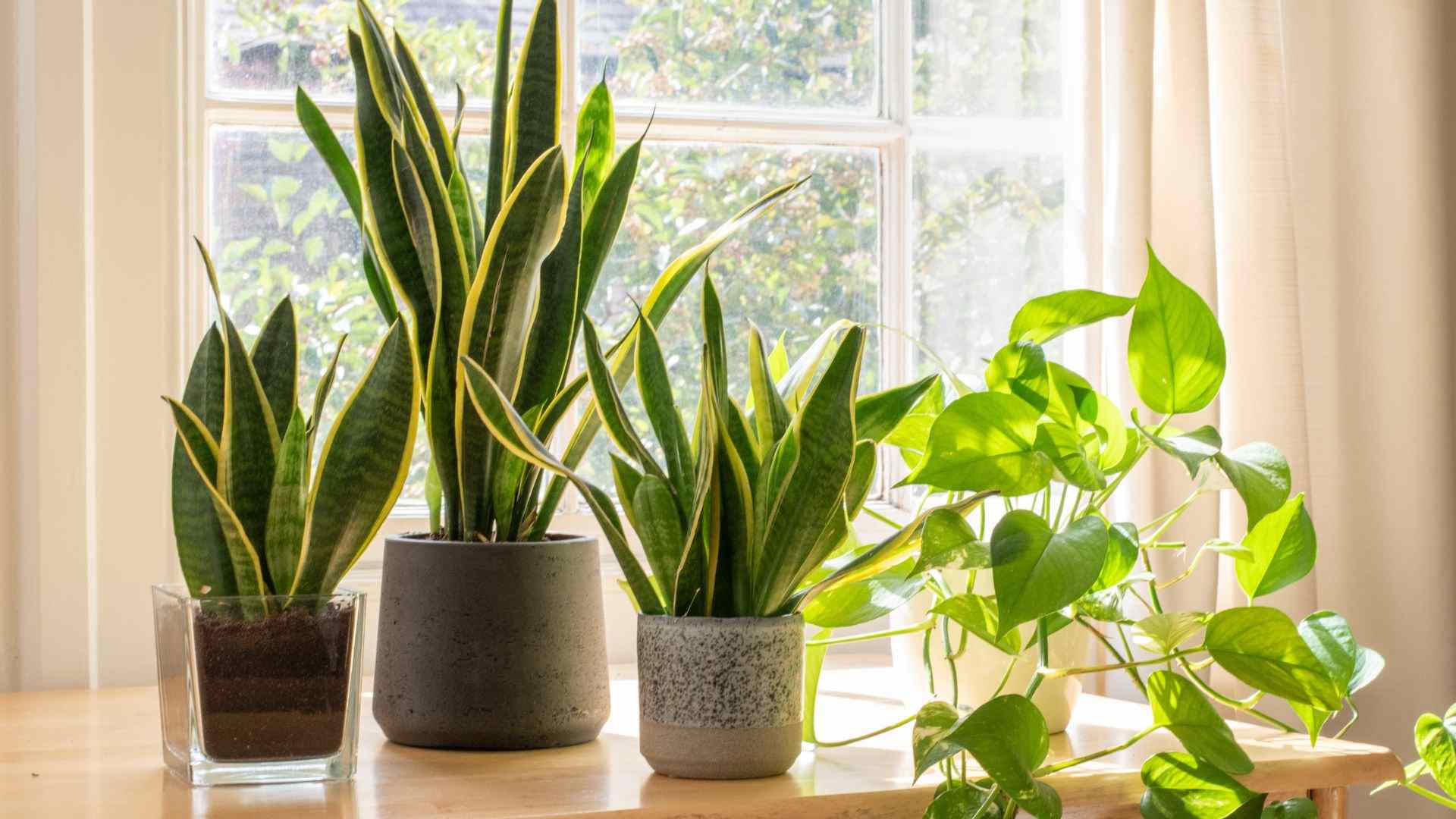
In high-rise apartments where outdoor space may be limited, integrating indoor plants becomes a crucial strategy to significantly enhance air quality. Beyond the aesthetic appeal, these green companions contribute to creating a healthier living environment. In the following sections, we will delve into the realm of indoor plants suitable for air purification, exploring their varieties and providing essential tips for their maintenance to ensure that your apartment becomes a sanctuary of clean and fresh air.
3. Sustainable Living
Apartment gardening goes beyond being a fulfilling pastime; it aligns with sustainable practices, forging a direct connection between urban dwellers and the food they consume. In a world where resources are precious, indoor gardening emerge as eco-friendly alternatives, significantly reducing one’s ecological footprint.
The efficiency of these practices is noteworthy—vegetable shoots, for instance, can be harvested a remarkable 93% sooner than their mature counterparts, offering the same nutritional value. Considering that 54% of the world’s population resides in urban areas, a figure projected to climb to approximately 59% by 2030, the importance of sustainable urban agriculture becomes increasingly apparent.
Moreover, families engaged in home agriculture enjoy diversified and nutritionally enriched diets. Numerous studies underscore that home gardens play a pivotal role in supplementing diets with essential proteins, vitamins, and minerals. This not only results in a more balanced menu but also contributes to sustaining crop diversity, enhancing a family’s resilience, and ensuring food accessibility during natural disasters and conflicts. In fact, family-produced food can supply up to 20–60% of their total food consumption, including fresh vegetables, medicinal, and aromatic plants.
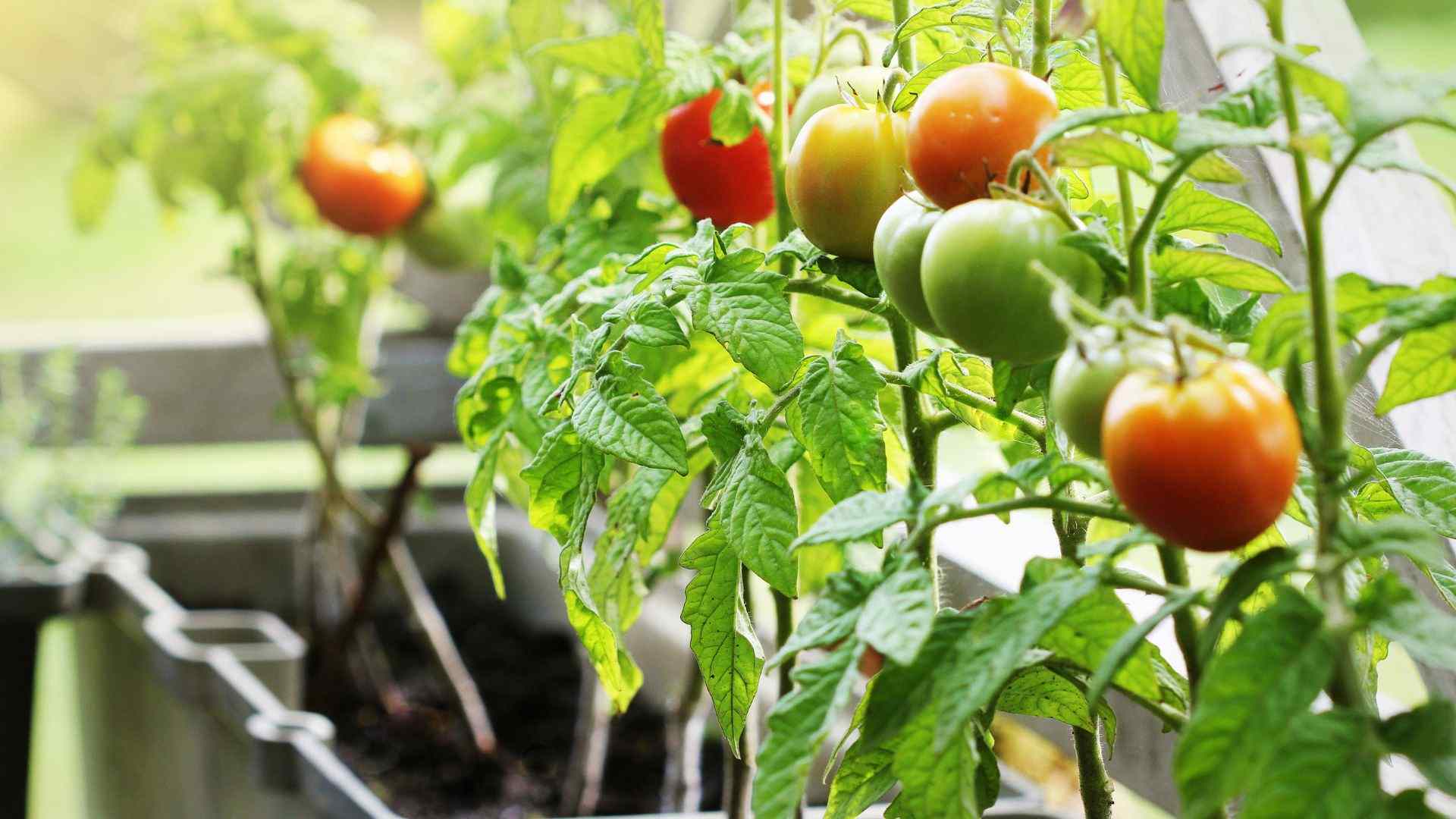
Apartment gardening, as a practice, not only nurtures sustainability but also provides a sense of accomplishment and self-sufficiency. Beyond reducing your carbon footprint, cultivating your own herbs, vegetables, and fruits fosters a deeper connection with the food on your plate. In the upcoming sections, we’ll explore the intricacies of starting a small kitchen garden on your balcony or windowsill, offering practical insights to empower you on your journey toward sustainable and self-sufficient apartment living.
Choosing the Right Plants for Your Space
Creating a green haven within the confines of high-rise apartments requires a thoughtful selection of plants that can thrive in limited light conditions and restricted spaces. In this comprehensive guide, we will explore the nuances of choosing the right indoor and balcony plants, ensuring that your urban oasis flourishes with vitality and charm while being mindful of your furry roommates.
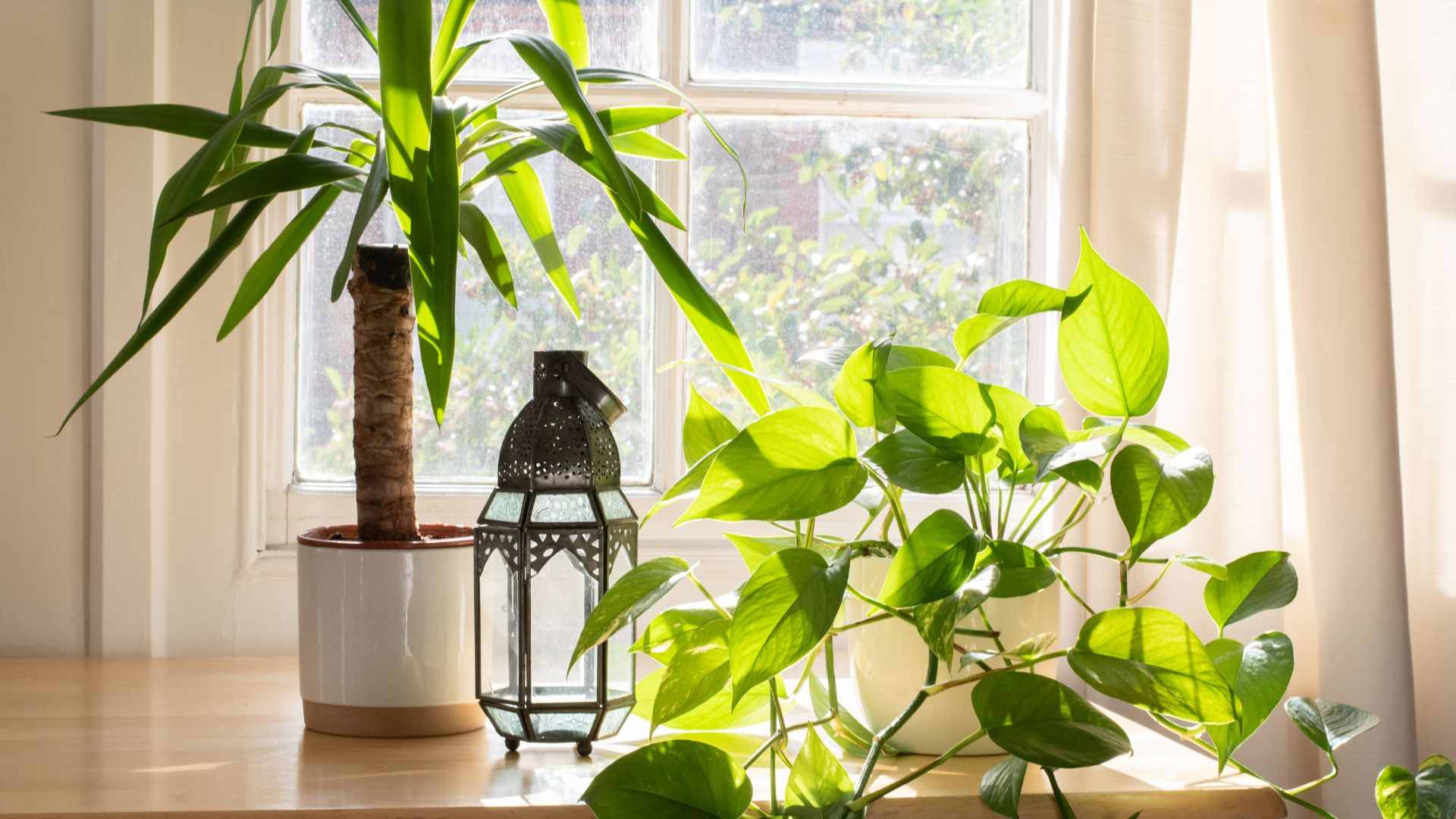
1. Indoor Plants for High-Rise Apartments
High-rise living often means limited access to direct sunlight, posing a challenge for indoor plant enthusiasts. However, there’s a diverse array of plants that not only endure but flourish in low-light environments. Consider the resilient and visually appealing snake plant, also known as Sansevieria. Its ability to thrive in low light and withstand irregular watering makes it a perfect companion for apartment living. Pothos, with its cascading vines and heart-shaped leaves, is another excellent choice, requiring minimal maintenance and adding a touch of elegance to your indoor space. ZZ plants, characterized by their glossy, dark green foliage, are known for their adaptability to low-light conditions, making them ideal for apartments with limited exposure to sunlight.
Importantly, for those sharing their living space with furry companions, it’s essential to choose indoor plants that are pet-friendly. Fortunately, snake plants, pothos, and ZZ plants are generally non-toxic to pets, providing a safe and harmonious environment for both plants and animal friends.
Understanding the care requirements of indoor plants is crucial for their well-being. While snake plants are forgiving of occasional neglect and can withstand low humidity, pothos prefer slightly more water and indirect light. ZZ plants thrive in moderate to low light and are drought-tolerant, making them resilient choices for busy urban dwellers. Each of these indoor plants not only adapts to the constraints of high-rise living but also brings a sense of nature and tranquility to your home.
2. Balcony-Friendly Plants
or those fortunate enough to have a balcony, the potential for creating an outdoor oasis is both enticing and rewarding. Balcony gardening opens up opportunities to infuse your living space with vibrant colors, fragrances, and the joy of nurturing outdoor greenery. To embark on this balcony gardening adventure, it’s essential to choose plants that align with the sunlight conditions specific to your balcony.
Consider sun-loving flowers such as petunias, marigolds, and geraniums for balconies that receive ample sunlight. These plants not only add a burst of color but also thrive in direct sunlight, enhancing the visual appeal of your outdoor space. For balconies with partial sunlight, ferns, begonias, and impatiens are excellent choices, offering lush foliage and blooms that can withstand varying light conditions.
Container gardening plays a pivotal role in balcony gardening, allowing you to optimize space and create a dynamic, layered garden. Choosing the right containers with adequate drainage is crucial to prevent waterlogging and promote healthy plant growth. Additionally, vertical gardening techniques, such as hanging planters or wall-mounted shelves, can further maximize your balcony space, transforming it into a lush and inviting haven.
And let’s not forget our furry friends—when selecting plants for your balcony, ensure they are pet-friendly. Plants like petunias, marigolds, and impatiens are safe options, adding beauty without posing harm to your animal companions. Nurturing a pet-friendly balcony garden ensures a harmonious and delightful space for both you and your four-legged roommates.
Navigating the intricacies of balcony gardening involves understanding your balcony’s unique sunlight patterns, selecting plants accordingly, and employing container gardening strategies to make the most of the available space. Whether you have a sun-drenched balcony or one with partial sunlight, cultivating balcony-friendly plants ensures that your outdoor space becomes a flourishing and pet-friendly extension of your apartment’s green sanctuary.
Maximizing Space in Small Apartments: Design Tips and Tricks
Unlocking the potential of space in compact apartments requires a strategic approach, and harnessing vertical space emerges as a savvy strategy to maximize the limited area available. By incorporating climbing plants, hanging planters, and vertical gardens, you not only save precious floor space but also transform your walls into dynamic living art, contributing not only to aesthetics but also to the improvement of air quality around you.
In the pursuit of a vibrant and attractive balcony garden within the constraints of a small apartment, the infusion of color and texture takes center stage. Planting a diverse array of flowering plants and utilizing colorful pots becomes a dynamic way to infuse your space with a lively palette. Experimenting with different foliage types and textures allows you to create layers, adding depth and visual interest to your garden.
Further maximizing space involves structuring your garden into different zones, introducing a layer of organization and functionality. Whether it’s a designated lounging area, a compact cooking space, or even a small workstation, these distinct zones not only enhance the practicality of your space but also infuse it with personality and character.
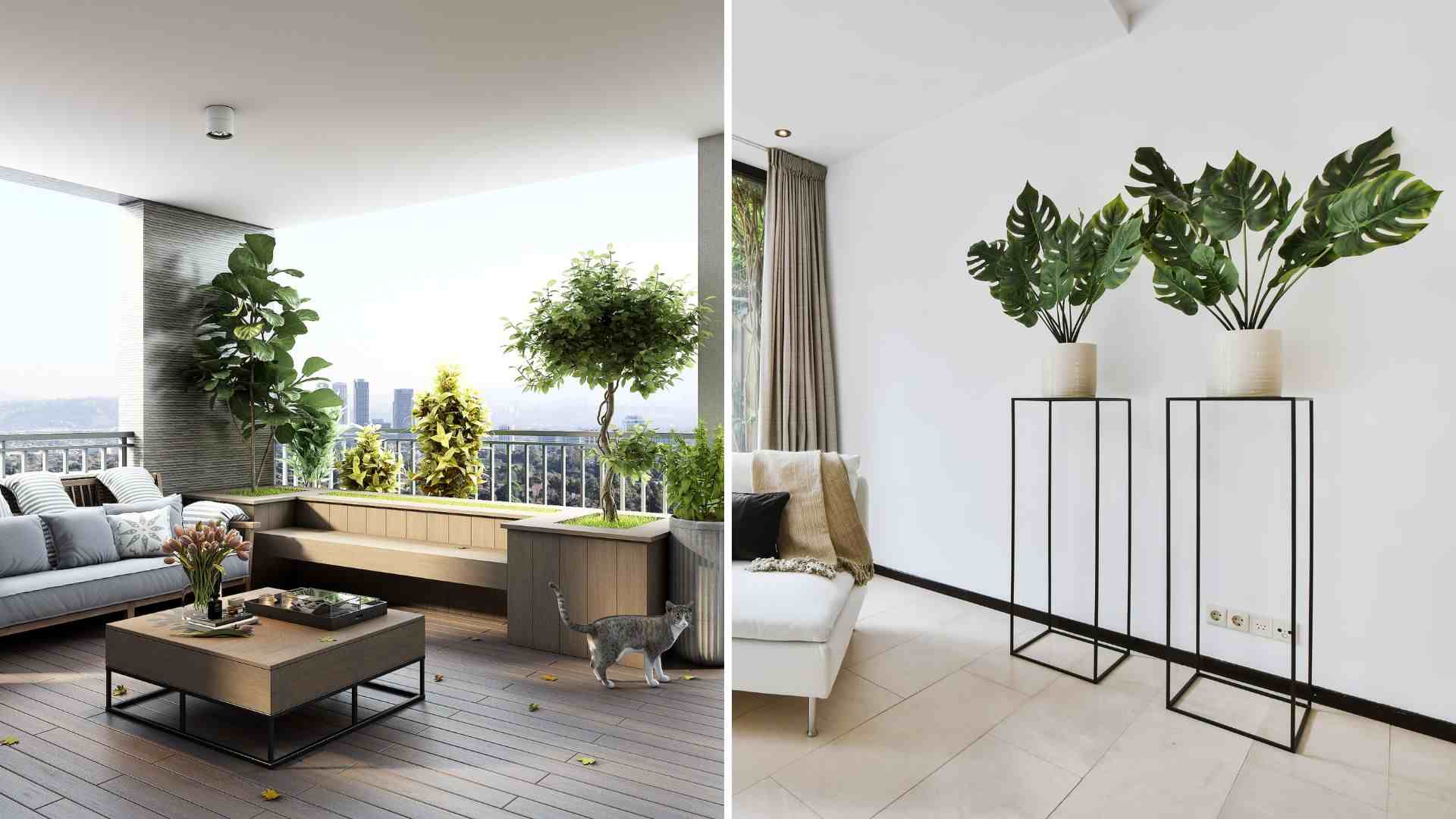
To bring these adept design tips and tricks into actionable focus, consider the following strategies:
- Vertical Gardening: High-rise living often translates to limited floor space. Embrace vertical gardening as a creative solution to maximize space by utilizing walls and vertical structures. Explore ideas such as hanging planters and wall-mounted shelves to bring greenery to eye level.
- Compact Furniture and Multi-Functional Planters: Merge functionality with aesthetics by choosing furniture and planters that serve dual purposes. This could include coffee tables with built-in planters or bookshelves designed to accommodate small potted plants. These innovative solutions empower you to make the most of every inch in your apartment, seamlessly integrating green elements into your living space.
With these strategic approaches, your apartment garden evolves beyond spatial constraints into a lush and peaceful oasis in the heart of the city, proving that thoughtful design can transform even the smallest spaces into thriving green sanctuaries.
Gardening Essentials and Techniques
Embarking on the journey to transform your home or balcony into a verdant oasis begins with a well-defined vision. As your design aspirations take shape, it’s essential to shift your focus to the gardening essentials and techniques that form the backbone of a successful endeavor.
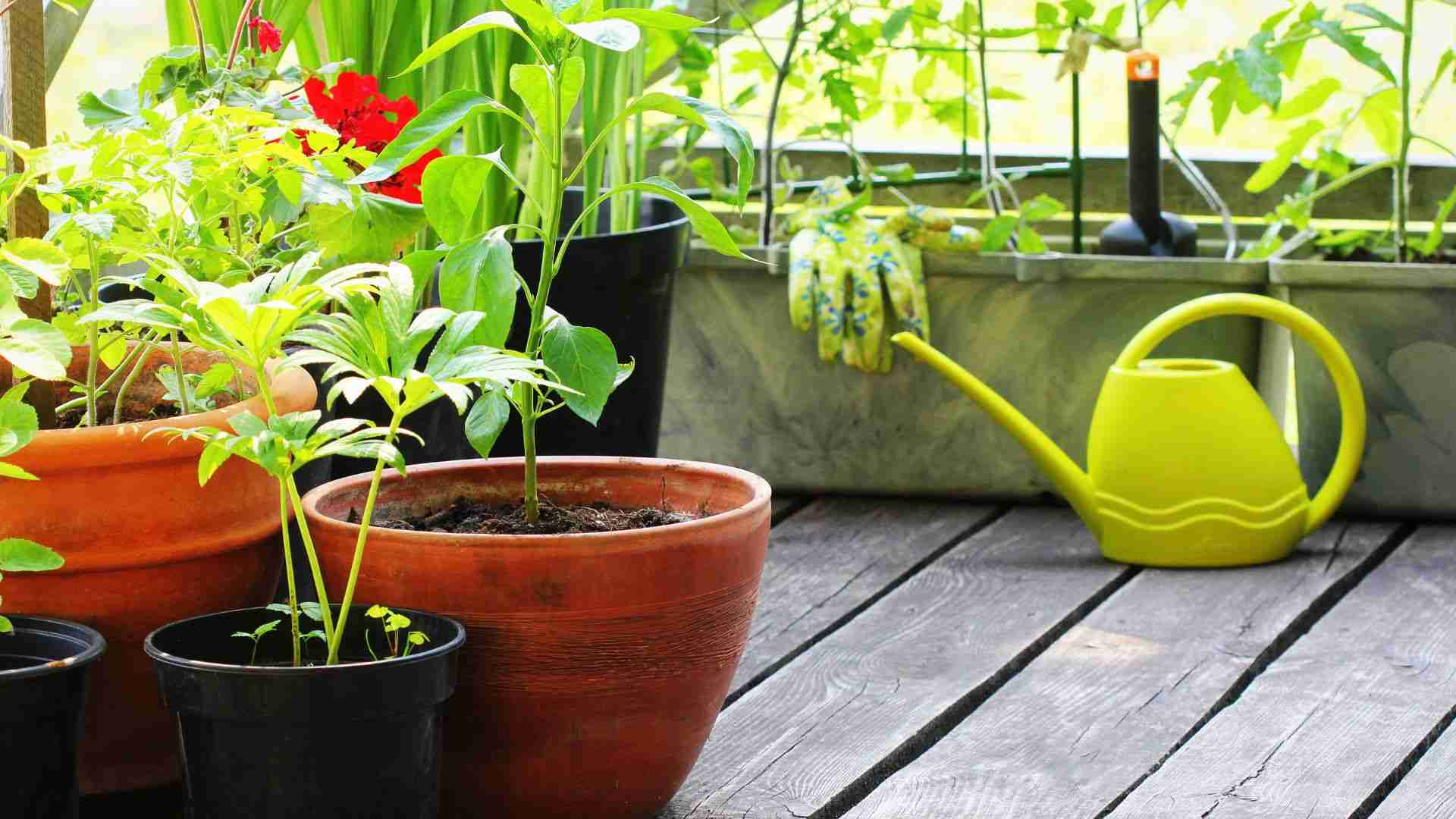
At the forefront of your checklist are indispensable tools—a robust pair of gardening gloves, precision pruning shears, a trusty trowel, a versatile gardening fork, and a reliable watering can. While investing in a high-quality set may initially seem like a financial commitment, the enduring advantages, including durability and exceptional performance, justify the investment for those dedicated to building a thriving garden.
Delving into the essentials:
- Choosing the Right Soil: The significance of selecting the right soil cannot be overstated. Striking a balance between nutrients and drainage is crucial for your plants’ well-being. Tailored soil mixes for container gardening are readily available at local gardening stores or online, simplifying this critical aspect.
- Fertilizers and Pest Control: Prioritize the health and prosperity of your plants with suitable fertilizers and pest control measures. Opt for fertilizers that cater to the specific needs of your plant varieties, and integrate effective pest control products to shield your greenery from harmful insects and diseases.
- Watering Systems in Hot Climates: In regions with hot and dry climates, a thoughtful watering system can make a significant difference. Explore options like a drip irrigation system or self-watering containers to efficiently provide the optimal amount of water your plants require.
Moving on to essential techniques:
· Choosing Containers:
Effective container gardening begins with selecting the right pots or containers for your plants. Pay attention to container size, drainage, and material. Seek practical advice on choosing containers that not only complement your apartment’s style but also meet the specific needs of your plants.
· Soil and Fertilizer Considerations: Container plants rely heavily on the quality of their soil for nutrients. Select an appropriate potting mix and fertilizers to ensure your plants receive the necessary nutrients for healthy growth.
· Watering Techniques: Be mindful of watering techniques in apartment gardening to avoid common pitfalls like overwatering or underwatering. Learn about proper drainage, establish watering schedules, and recognize signs indicating when your plants need water.
Remember, investing in the right tools and equipment lays the foundation for success in your balcony gardening venture. Quality items tailored to your plant varieties not only make your gardening tasks more efficient but also contribute to the creation of a beautiful and thriving green haven.
Maintenance and Care
Maintaining a thriving apartment or balcony garden requires a keen focus on key practices. Crafting a watering schedule emerges as a foundational pillar in ensuring your green space not only survives but flourishes with lush vibrancy. Central to this practice is the identification of plants with similar watering needs and the establishment of a tailored routine to meet their specific requirements.
For added convenience, the consideration of an automatic drip irrigation system adds an extra layer of efficiency. This sophisticated setup allows for personalized watering intervals. However, it’s crucial to remain mindful of prevailing weather conditions to prevent the common pitfalls of over or underwatering.
Pruning and trimming take center stage as essential rituals for cultivating healthier and more productive plants. A strategic trim can enhance the overall structure of your plants, while judicious pruning—focusing on dead or ailing parts—serves as a preventive measure against the potential spread of diseases.
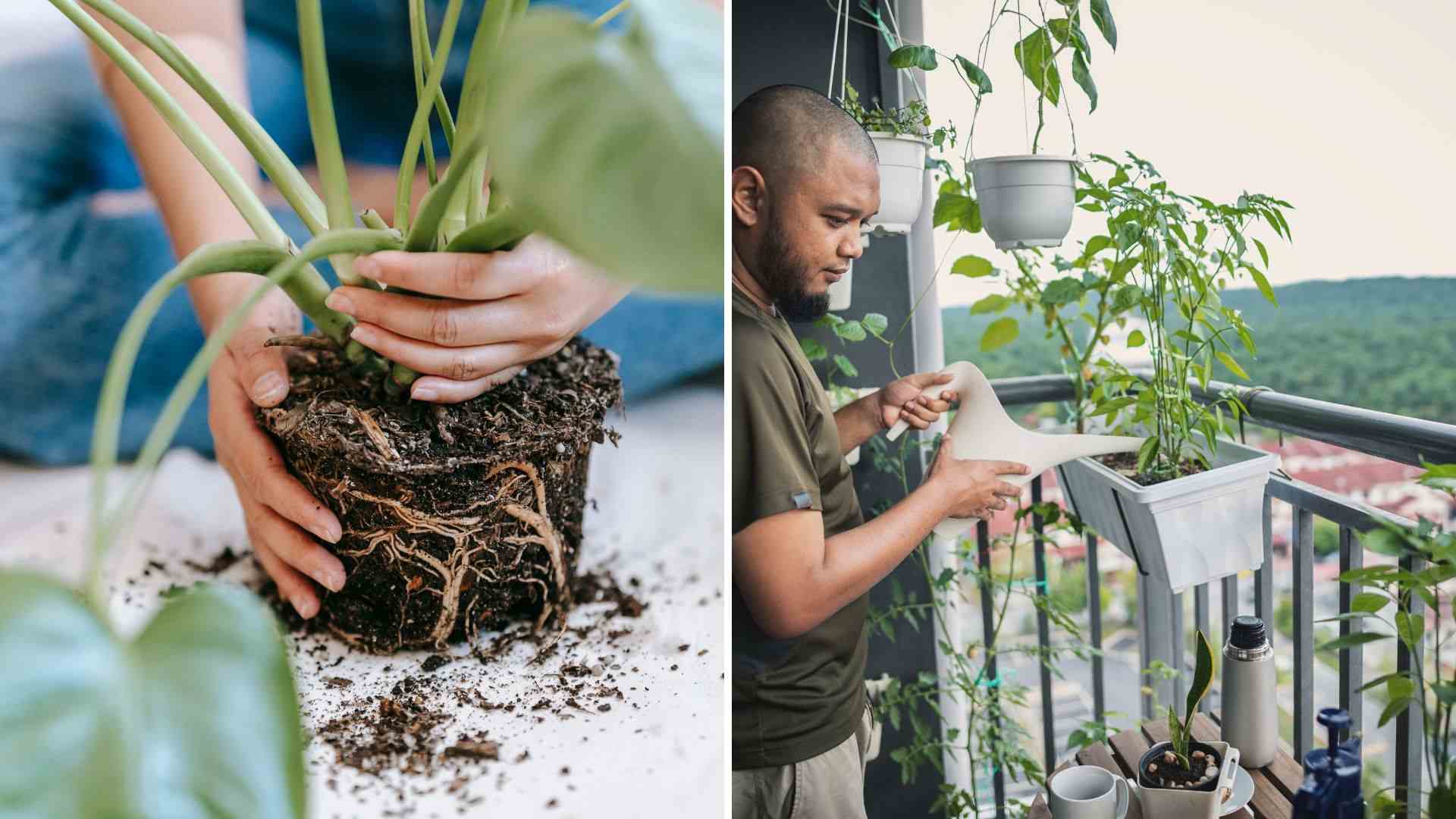
In the context of apartment and balcony garden care, several tips come to the forefront:
· Mindful Watering in Fall: As temperatures cool, your plants’ water requirements decrease. Being attentive to your watering schedule during this period is crucial to avoid overhydration.
· Protecting from Frost: Stay vigilant by keeping an eye on the weather forecast. If frost is anticipated, consider covering delicate plants with burlap or temporarily moving them indoors to shield them from potential harm.
· Fall Cleanup: With the descent of leaves, maintaining a tidy balcony becomes pivotal. Regular cleanup not only prevents mold and mildew but also ensures a healthy environment for your plants to thrive.
· Introduce Lighting: As daylight diminishes, introducing subtle balcony lighting becomes a thoughtful consideration. Whether it’s string lights or LED lanterns, these additions not only extend your enjoyment into the evening but also contribute to a cozy ambiance.
In executing these maintenance and care practices, precision is key. Opt for clean cuts and employ sharp tools to avoid unintended damage to the healthy parts of your cherished plants. These tips collectively contribute to the holistic well-being of your apartment or balcony garden, ensuring a vibrant and enduring green space.
Stratton Amenities Program Management Services for Home Gardening Success
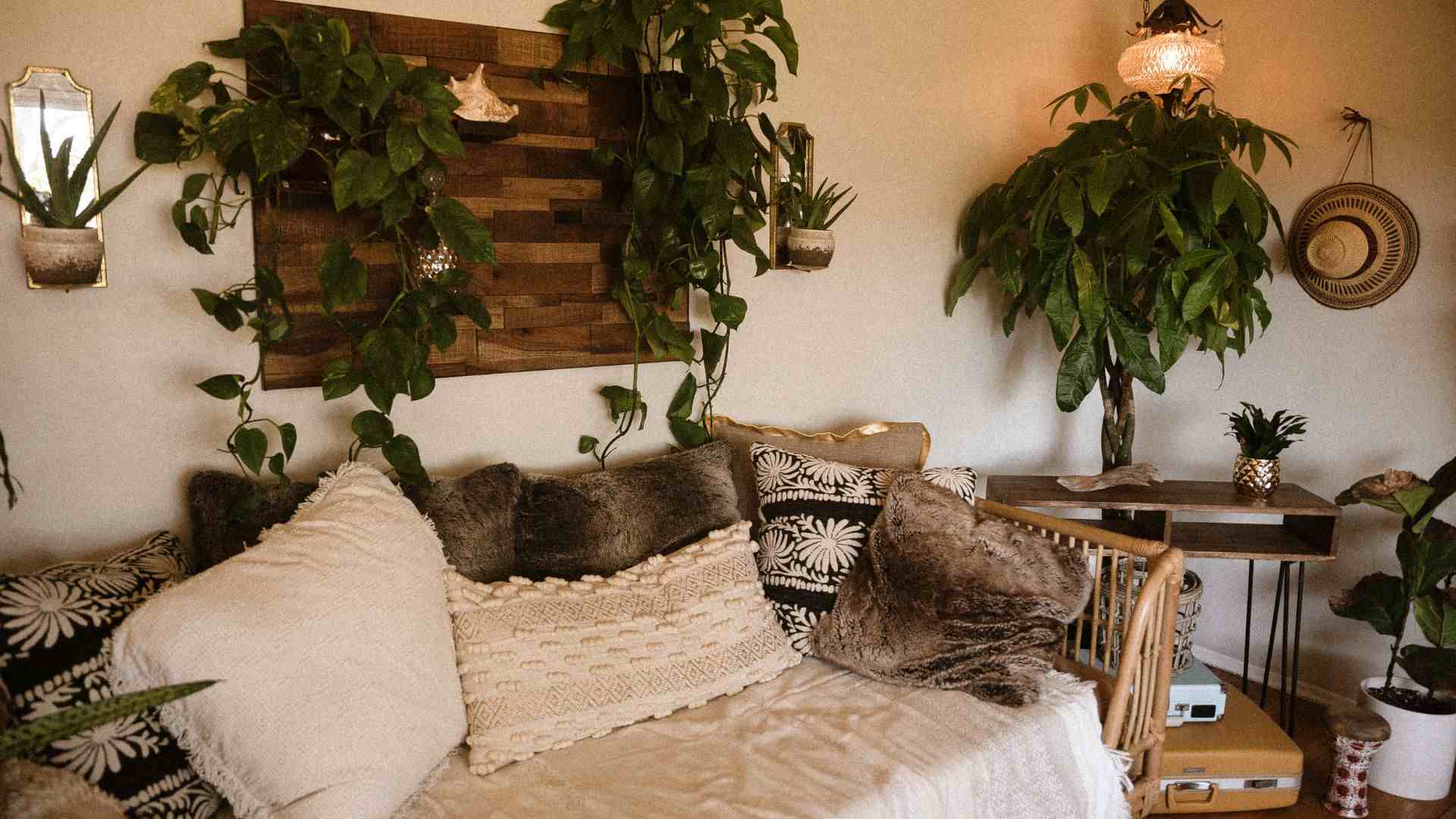
Stratton Amenities Program Management Services stand as a beacon for urban dwellers seeking to build and nurture their home gardens. In a bustling cityscape, the challenges of high-rise living are met with tailored solutions that go beyond mere greenery—they foster a lifestyle enriched by nature.
· Choosing the right plants for your space is a fundamental step in cultivating a vibrant oasis within the confines of your apartment, and Stratton Amenities excels in guiding residents through this process. Leveraging expertise, the service provides insights into selecting indoor and balcony plants that thrive in limited light conditions, ensuring that urban gardeners can enjoy the benefits of greenery without compromise.
· Designing and maximizing space is an art, and with the support of Stratton Amenities, residents can transform their living areas into lush havens. Through innovative ideas for vertical gardening, strategic container placements, and the integration of multi-functional furniture, the service helps residents make the most of every square inch, creating a harmonious balance between aesthetics and functionality.
· Gardening tips are invaluable for both beginners and seasoned enthusiasts, and Stratton Amenities doesn’t just stop at suggesting plants. The service imparts practical knowledge on caring for indoor and outdoor greenery, covering watering schedules, pruning techniques, and fertilizing practices. This hands-on approach ensures that residents can confidently nurture a flourishing garden, regardless of their prior gardening experience.
· Maintenance and care are at the core of sustaining a thriving home garden. Stratton Amenities provides residents with a comprehensive routine tailored to their lifestyle, encompassing watering, pruning, and fertilizing schedules. This personalized approach fosters an environment where residents can effortlessly maintain their green oasis with minimal effort.
· To further support residents in their gardening endeavors, Stratton Amenities goes the extra mile by recommending local garden vendors and supply stores. This curated list ensures that residents have access to quality plants, gardening tools, and supplies, fostering a sense of community and collaboration with local businesses.
All in All
In conclusion, apartment gardening is a transformative practice that brings nature into the heart of urban living. Whether you have a high-rise apartment with limited space or a balcony that yearns for greenery, cultivating a vibrant oasis is both achievable and rewarding. Embrace the therapeutic benefits, choose the right plants for your space, and incorporate creative solutions to maximize every inch of your apartment. Fall in love with apartment gardening and watch as your home transforms into a haven of nature and tranquility amidst the cityscape.
Additionally, Stratton Amenities Program Management Services not only facilitate the creation of home gardens but also cultivate a holistic urban lifestyle where residents can thrive amidst the tranquility of their green sanctuaries. From plant selection to maintenance tips and local vendor recommendations, the service stands as a comprehensive guide, making apartment gardening an accessible and enriching experience for all.




